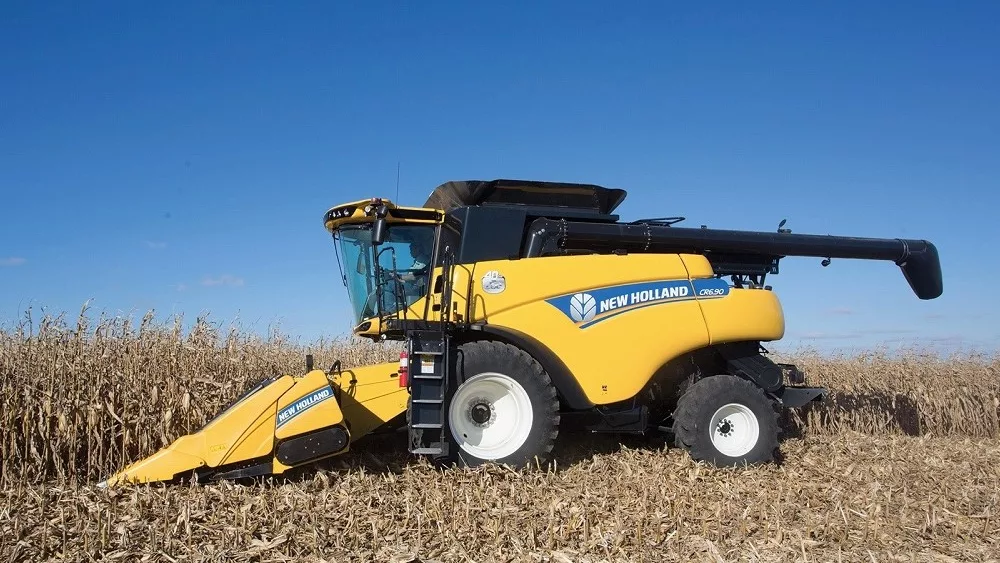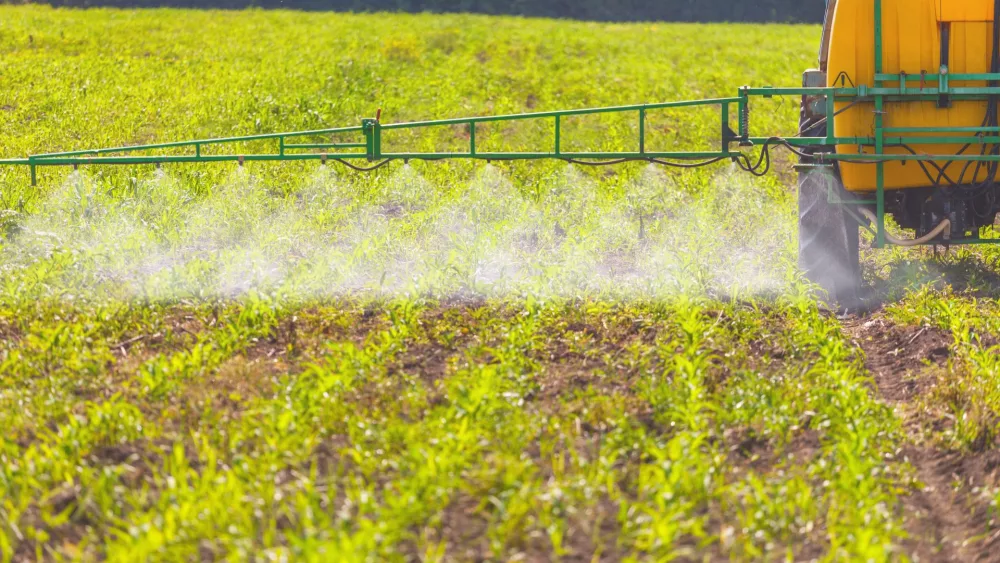Tar spot was not the issue last year that it became during the 2021 growing season, but should you have a tar spot prevention plan anyway?
Jason Harmon, DeKalb/Asgrow technical agronomist, says this time last year he was having a lot of tar spot prevention discussions with growers to help prevent the 2021 type of outbreak.
“And then lo and behold, it was extremely dry in June and we did not have that infection as much. But I will tell you, in Iowa and Minnesota where they did have moisture in June, guess what, tar spot was a big issue for them. But to me the big qualifier is after we get planted, we start getting quite a bit of moisture, say those frog grounders, those 4-inch rains the in June timeframe heading into July, we know the pathogen is here. We know that it can survive the winters.”
Harmon says be prepared and proactive.
“Earlier applications of fungicides, higher use rates, using good fungicides such as Delaro are all going to be key factors to allow tar spot not to be an issue like we saw in ‘21. We didn’t see it last year, so I’m a little worried growers are just going to kind of shrug it off. But I’m going to say remember the Alamo is tar spot. It is something we need to be proactive against and not reactive because it can come and get us real quick.”
Part of the planning right now should include targeting the correct hybrids for the acres where you can get the most return on investment.
“We know that things can change,” Harmon explains. “That’s why it’s nice to have those broad acre products that we have in the DEKALB portfolio. But there are some that I would tell you to plant first. You know the emergence, the ratings that we do on emergence would allow us to say if we run into adversity after you get it into the soil, this one’s going to fight through it faster and better than others in the lineup that you have for your farm. So if you have that kind of list working with your sales team and your ground list, this is probably one of the most important things we can do in the time we have till spring.”
While it is only February 1st, that spring planting urge is coming to life, and Harmon says many fields might be getting in shape for early spring planting.
“I would say we’re finally getting to the point where we are saturated, but the subsurface was really dry. So, it took us a long time to get to this point. Just judging by all the growers I talked to that have done tile work, it’s still pretty dry when we get down there towards the mains and I think you look at the rivers, the Wabash is just now starting to get up there to a level that we haven’t seen all summer. So, I think we’re finally getting the moisture that we need to have, no doubt, and we could use more, but the fact that we’re just now getting there tells me that if it doesn’t add much more snow cover coming into springtime, the opportunity to be able to get out on these fields sooner than we’ve been in the years past is definitely a possibility.”
Chief Meteorologist Ryan Martin says it does not appear right now that early spring planting is likely, but that outlook can change once we get closer.




